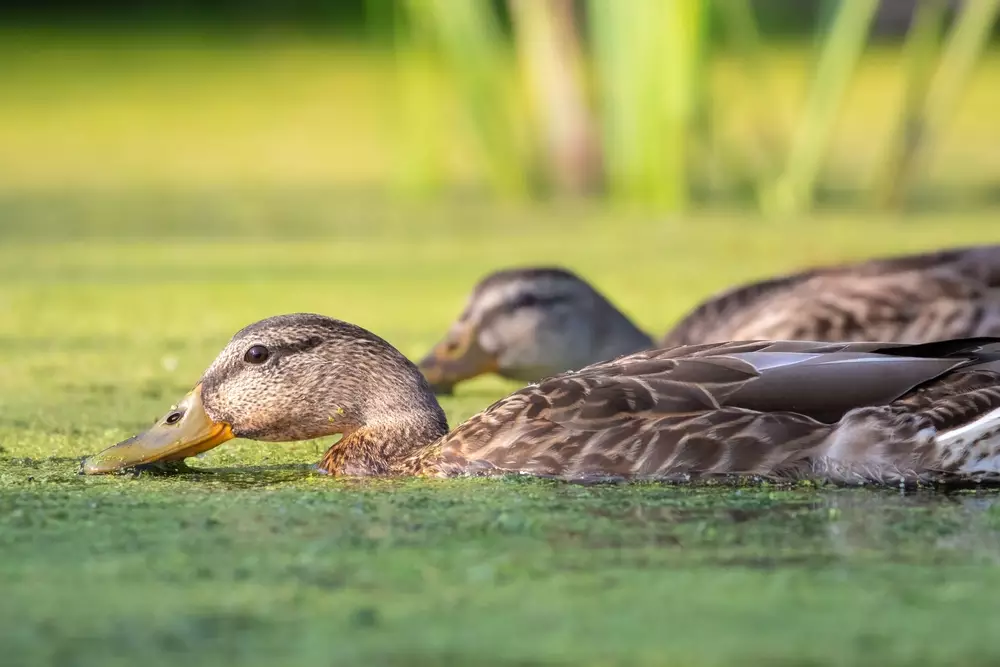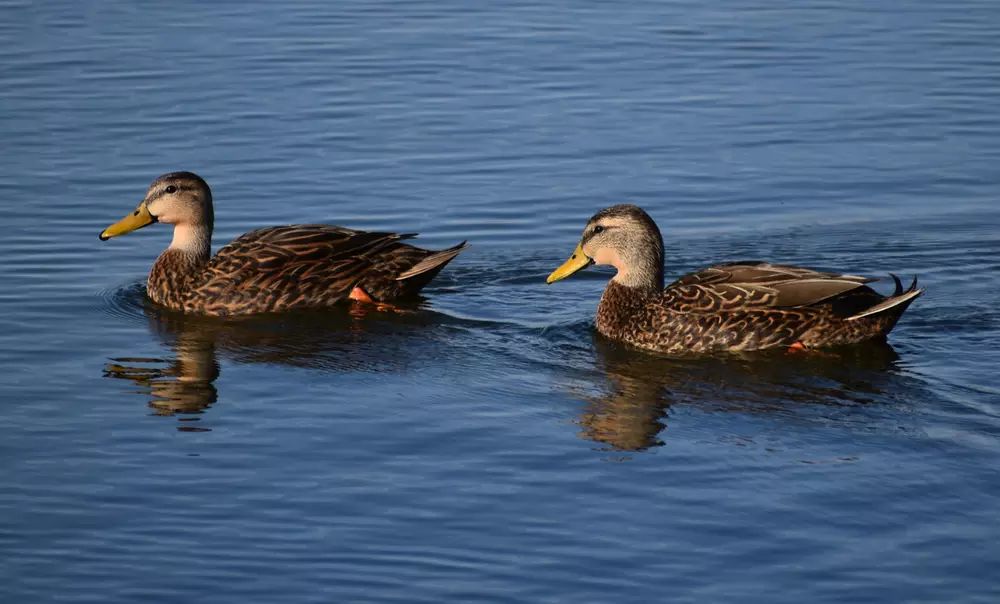Mallard ducks are fascinating creatures known for their beautiful plumage and vibrant colors. Their mating rituals and behaviors are equally intriguing. In this article, we will explore the fascinating world of mallard duck mating and gain a deeper understanding of their reproductive cycle and social interactions.
Mallard ducks, scientifically known as Anas platyrhynchos, are widespread across North America, Europe, and Asia. They inhabit a variety of wetland habitats, such as ponds, lakes, rivers, and marshes. These medium-sized ducks are characterized by their iridescent green heads, white neck rings, brownish-gray bodies, and yellow bills.
Mallard Duck Basics
Before we delve into the intricacies of mallard duck mating, let’s first understand some basic facts about these magnificent birds. Mallard ducks are dabbling ducks that belong to the Anatidae family.
They are omnivorous and feed on a wide range of aquatic plants, insects, seeds, and small invertebrates. Their adaptability to various wetland environments contributes to their widespread distribution.
When Do Mallard Ducks Mate?
Mallard ducks engage in mating activities during the spring and early summer months. The exact timing of the mating season can vary depending on geographical location and local environmental conditions. Factors such as day length, temperature, and food availability influence the onset of the mating season.
Environmental Factors
Mallard ducks are highly influenced by environmental cues when it comes to mating. The increasing daylight hours and warming temperatures of spring signal the onset of the breeding season. Additionally, the availability of food resources, especially in wetland habitats, plays a crucial role in determining the timing of mating.
Hormonal Changes
As the days lengthen and the temperature rises, male mallard ducks experience hormonal changes that trigger their reproductive instincts. Testosterone levels increase, leading to the development of elaborate courtship behaviors.
Pair Formation
During the mating season, mallard ducks form monogamous pairs that last for the duration of the breeding season. Pair formation occurs through courtship displays and mutual attraction between males and females.

Courtship Displays: Attracting a Mate
Male mallard ducks put on elaborate courtship displays to attract female mallards. These displays are characterized by a combination of visual and auditory behaviors that showcase the male’s physical prowess and genetic fitness.
Visual Displays
Males showcase their attractiveness through various visual displays:
- Head Bobbing: The male bobs his head rapidly up and down, displaying his vibrant plumage.
- Neck Stretching: The male extends his neck forward and upward, showcasing his white neck ring.
- Tail Curling: The male curls his tail upward, revealing the iridescent feathers.
Vocalizations
In addition to visual displays, males produce a range of vocalizations during courtship:
- Whistling Calls: Males emit high-pitched whistling calls to attract the attention of females.
- Grunt Calls: Males produce low-pitched grunt calls during aggressive encounters with other males.
These courtship displays serve as signals of the male’s fitness and desirability as a mate, while also establishing dominance among competing males.
Pair Formation: Selecting a Mate
Once a male mallard successfully attracts a female’s attention through his courtship displays, pair formation begins. Female mallards play an active role in mate selection. They evaluate males based on their displays, physical condition, and overall fitness.
Female Choice
Female mallards assess multiple factors when selecting a mate:
- Courtship Performance: Females are attracted to males that exhibit strong courtship displays and demonstrate their genetic fitness.
- Physical Condition: Females prefer males with vibrant plumage, indicating good health and genetic quality.
- Compatibility: Females may choose mates that display similar characteristics or those that complement their own traits.
Once a pair bond is established, the male and female mallards continue their reproductive journey together.

How Do Mallard Ducks Mate?
Mallard ducks engage in a unique mating ritual that involves a series of behaviors and interactions between the male and female.
Pair Bonding
After pair formation, mallard ducks engage in activities to strengthen their bond. These include preening each other’s feathers, synchronized swimming, and gentle head-bobbing displays.
Mating Act
The actual mating act of mallard ducks involves several stages:
- Mounting: The male positions himself on the female’s back, grasping her neck feathers with his bill.
- Cloacal Contact: The cloaca of the male and female align, allowing for the transfer of sperm from the male to the female.
- Post-Mating Behavior: After mating, the male and female often separate briefly before resuming their pair-bonding activities.
Nesting and Egg-Laying
Following successful mating, female mallards begin the process of nest building and egg-laying.
Nest Building
The female constructs a nest, typically on the ground near water, using materials such as grasses, leaves, and twigs. She creates a well-hidden and secure structure to protect the eggs.
Egg-Laying
The female mallard lays one egg each day until she completes a clutch of 8-13 eggs. Once all the eggs are laid, she begins incubating them.
Parental Care: Raising Ducklings
Both male and female mallard ducks contribute to the care of their offspring.
Incubation Period
The female incubates the eggs for about 26-30 days. During this time, she remains dedicated to the nest, diligently rotating the eggs and ensuring their proper development.
Brooding and Feeding
After hatching, the ducklings are led by the female to water, where they start feeding on insects, aquatic plants, and small invertebrates. The male often remains nearby, providing protection and assisting in guiding and supervising the ducklings.
Life Cycle of Mallard Ducks
Mallard ducklings grow rapidly under the care of their parents. They reach the fledgling stage within 50-60 days of hatching, at which point they are capable of independent survival.
Conclusion
Mallard ducks possess unique mating behaviors and rituals that contribute to their reproductive success. From the timing of the mating season to the elaborate courtship displays and pair formation, mallard ducks exhibit fascinating reproductive strategies.
Understanding the mating process provides us with a deeper appreciation for these remarkable birds and the wonders of nature.